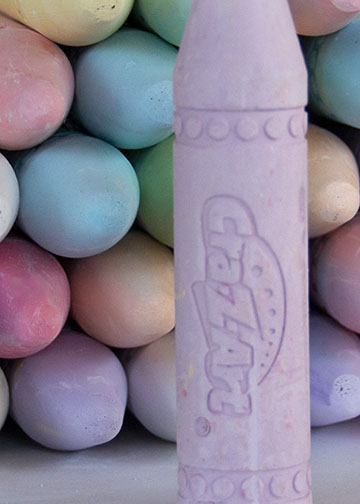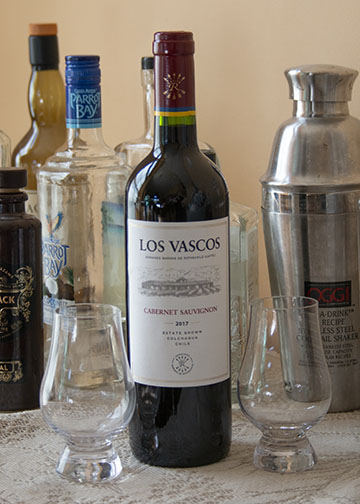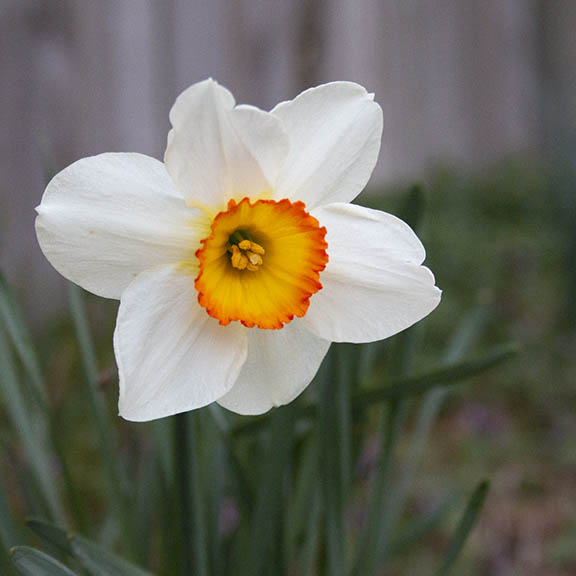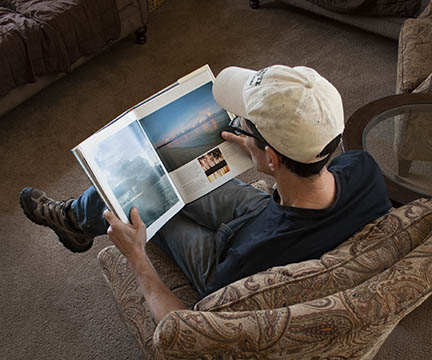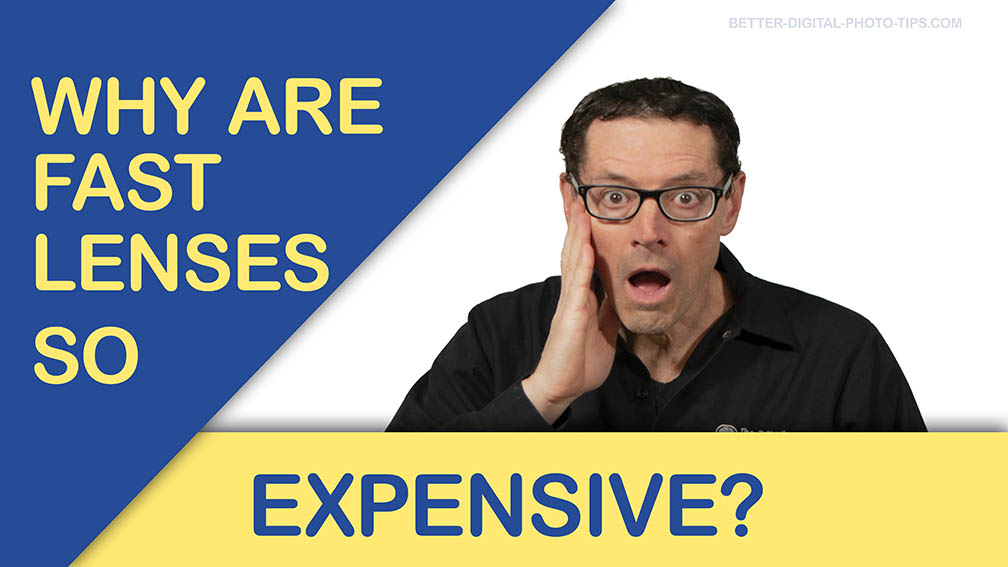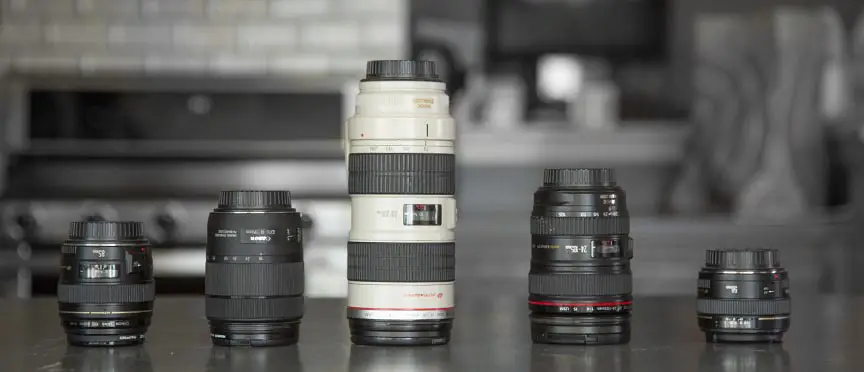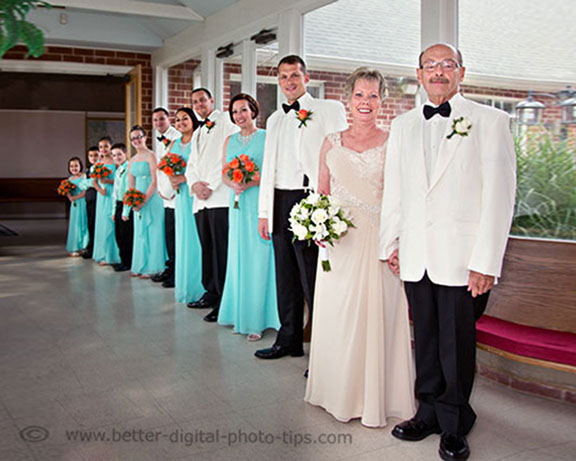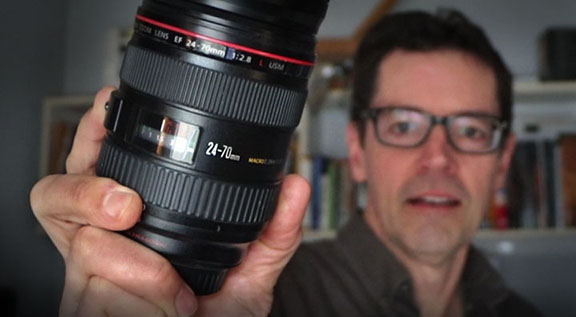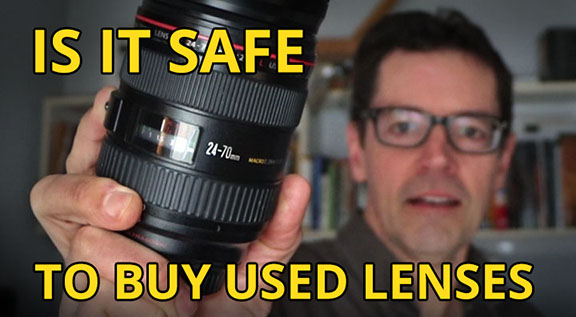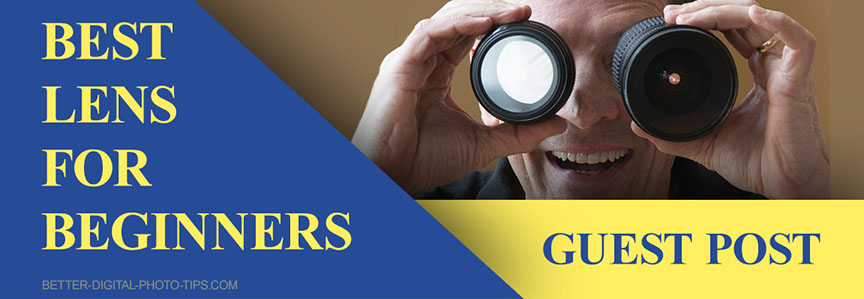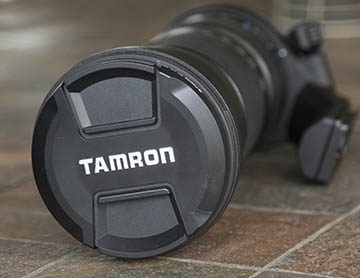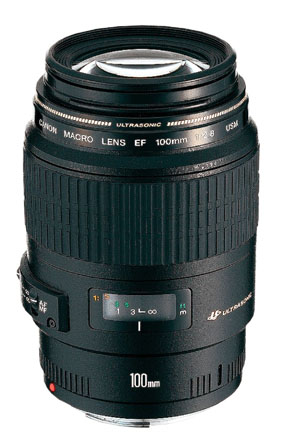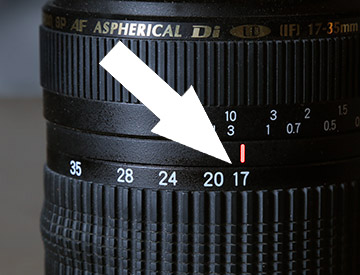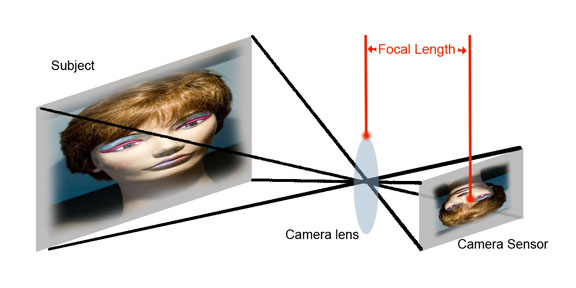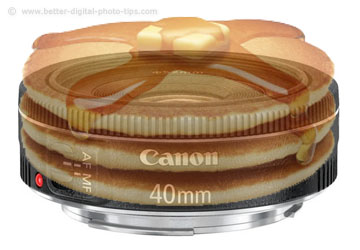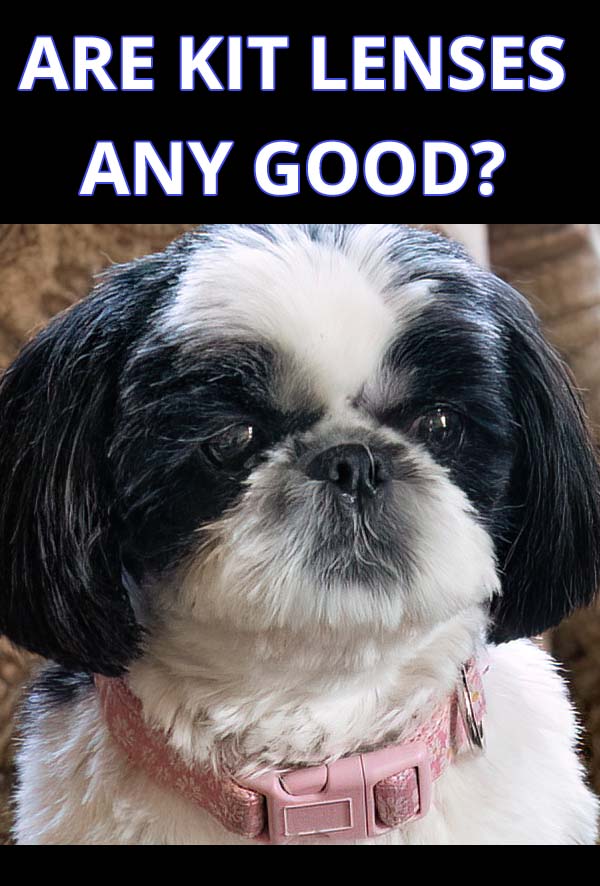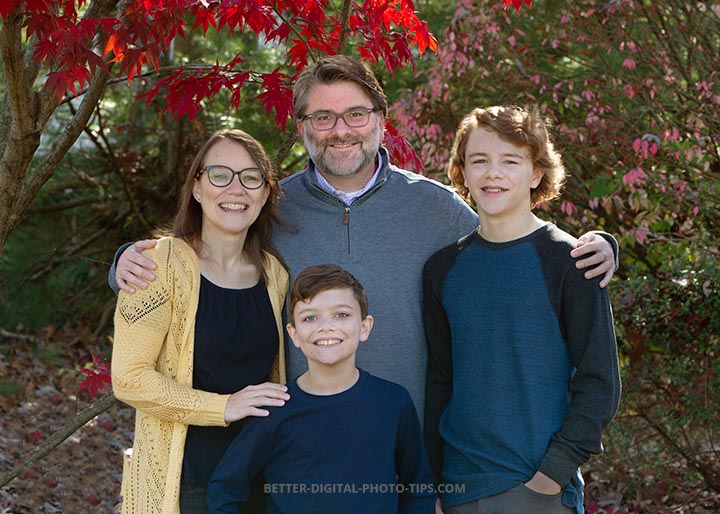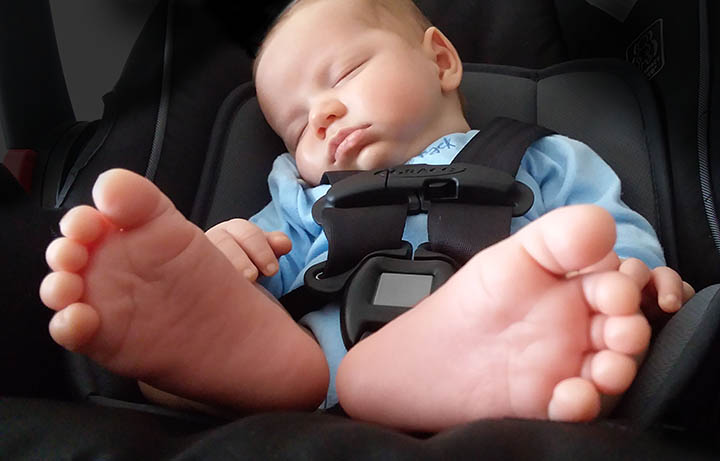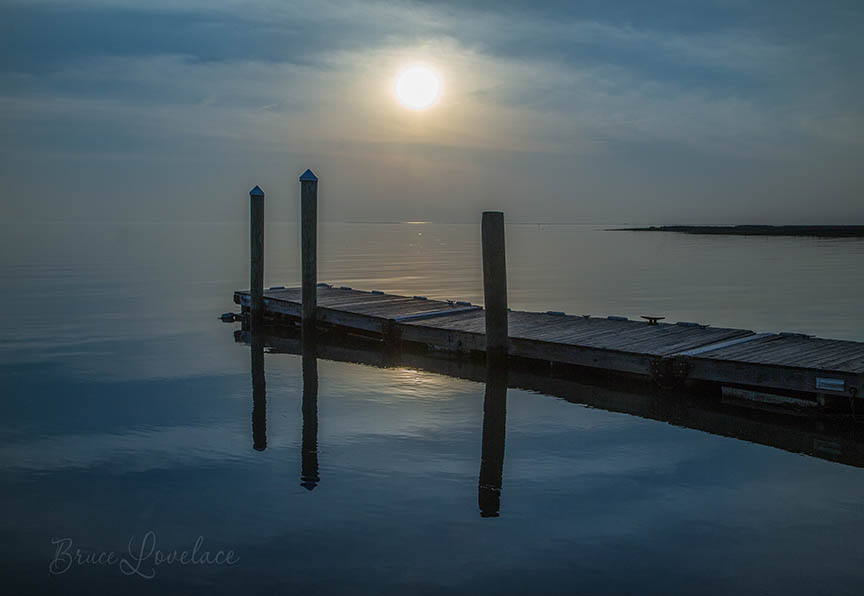HOW TO POSTS: LIGHTING AND COMPOSITION
What Is A Kit Lens good for
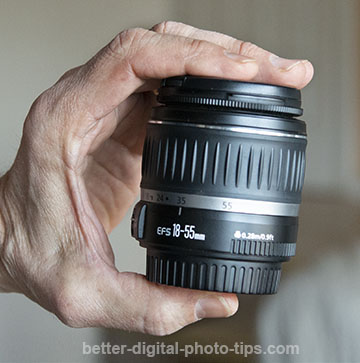 My 18-55mm Kit Lens
My 18-55mm Kit LensKit lenses are versatile and are the most affordable way to enter yourself in the world of a real DSLR photography as a beginning photographer, but what is a kit lens really good for?
Kit lenses are affordable, small, and lightweight. They're good for shooting a wide variety of subject with wide angle, normal and telephoto settings.
Let's briefly define what a kit lens is and when you would want to use one. A kit lens is traditionally the 18-55mm zoom lens that is automatically bundled with entry level cameras that are perfect for beginners and budget-minded photographers.
At 18mm, you can shoot landscapes, larger groups of people, interiors, and some architecture. At 55m you can zoom in for detail shots, shoot headshot portraits, and achieve pleasing blur in your background.
are kit lenses any good?
The questions comes up of whether they're any good and worth the money or does it make sense to splurge on a "pro" lens. You can find out more about what kit lenses are good for and what they don't work well for in the video below.
You'll see specific examples of how to use the wide-to-telephoto range of kit lenses. Naturally, I shot all of the clips of this video with a kit lens.
As you can see from watching the video and seeing the specific examples in it, kit lenses have both positives and negatives. The key with any lens is that you need to know how to get the most out of your kit lens. See the sample photos below and follow that with the strengths and weaknesses of kit lenses.
how to get the most out of your kit lens
Remember it's not the tennis racket you use, it's the way you swing it that matters. Your technique is the most important thing to focus on. While writing this article, I gave myself a 10 minute challenge to use my kit lens and take 3 photos that, if not earth shattering, were at least somewhat visually interesting.
I had fun taking the kit lens photos below, but now it's your turn to experiment.
tips on taking great photos with your kit lens
You can take advantage of the zooming ability of kit lens to take some great photos. The following tips will help.
- ZOOM. Take advantage of all the focal length that you kit lens has. It gives you both wide angle and telephoto focal lengths. That gives you the advantage to vary the perspective and affects how your subject is portrayed.
- ANGLES. Try a few different angles and elevations to get a variety of different views of your subject.
- LIGHTING. Take advantage of natural lighting. Use both soft shaded and direct sunlight and shadow area to illuminate your subject's interesting features.
- DISTANCE. Sometimes the most interesting photos you can take with your kit lens will be close-up detail shots.
5. SUBJECT. Find a beautiful subject and your success rate with your kit lens ( or any other) will skyrocket.
Of course, it's great to challenge yourself and try to take interesting photos of mundane objects, but if you start with an attractive subject to work with your at an advantage.
Successful landscape photographers will reveal one of the "secrets" of shooting great landscapes is to travel to amazing destinations and just wait for great lighting.
Fashion photographers and wedding photographers start with attractive models to photograph and build their portfolio that way to gain more clients. Do the same thing. Start with great subjects to photograph with your kit lens.
kit lens ALTERNATIVEs
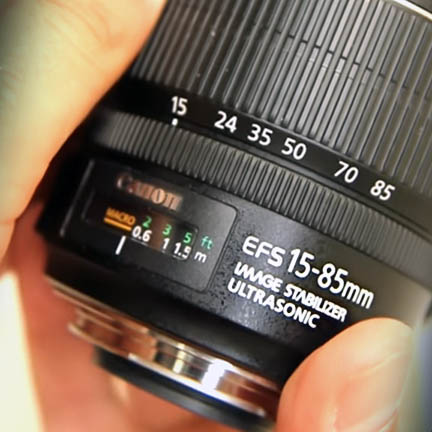 EF-S 15-85mm
EF-S 15-85mmTo be perfectly accurate, any lens that is sold with a camera (sometimes with other accessories) and called a kit or a bundle is a "kit lens." There are a few other lens that are worth mentioning besides the 18-55mm focal length lenses.
1. CANON 18-135mm. This kit lens alternative comes in at 2nd place as a popular kit lens. It's a little bigger for sure, but 18-135 range gives you a very versatile 7x zoom, with a very capable longer telephoto focal length of 135mm.
2. CANON 15-85mm. This kit lens is not initially thought of as a kit lens. Despite that, I recommend it as a great starting lens for beginners. The 15-85mm gives you more reach on both ends of the zoom. It's slightly wider and significantly longer than the standard 18-55m.
The 15-85mm is not considered a kit lens by many because it's a higher quality lens with a steeper price tag. If I were looking to buy just one single lens for my crop sized DSLR it would be the 15-85mm.
3. SIGMA 18-300mm. This lens covers a crazy wide-angle to super telephoto range. It's a fair amount bigger than the 18-55mm kit lens, but it will cover every possible scenario you can imagine. It's a little slow (f/6.3) at the telephoto end of its zoom range, but that is expected with a lens designed to cover such a wide range of zooming.
4. CANON 24-105mm. The above lenses are for APS-C "crop" sized sensor cameras, the most appropriate sized cameras for newbie photographers. Whether it's Canon, Nikon, or Sony, the 24-105mm lenses are the standard kit lens for the larger full-frame camera sensor cameras.
advantages of kit lenses
A kit lens is the perfect introduction to photography gear that will outlast your camera if you treat it with a bit of respect. I have the original kit lens from the Canon Rebel XT with was released into the market in 2005.
Here's a list of the 5 advantages of using a kit lens on your camera.
- CREATIVITY. Kit lenses will still allow you to use your talents and creativity to shoot amazing photos. You can choose unique angles to make your photos more interesting, even with shooting a creative selfie, like the one below.
- PRICE. These lenses are the most affordable way to get involved in DSLR photography. This is the biggest plus for choosing a kit lens to start with.
- SIZE. Kit lenses are small and light, coming in at less than 1/2 pound. That means it adds very little weight to your DSLR and won't bog you down.
- FOCAL LENGTH. Although neither super wide nor strong telephoto, the 18-55mm (29-88 equivalent) is versatile and can handle a large variety of photographic situations. Perfect lens choice for beginners.
disadvantages of kit lenses
Are kit lenses bad? No, of course not, but they do have a few weaknesses you should know about.
- APERTURE. They're not that fast. Kit lenses don't have a large maximum aperture. They won't excel at shooting in dimly lit situations, making it challenging to use higher shutter speed to avoid motion blur.
- ZOOM RANGE. The 18-55mm zoom range is somewhat limited at 3:1 (55-17), making it necessary to add a 2nd lens for stronger magnification.
- FOCUS. Kit lenses are not made to have the fastest autofocus built in. They aren't the best for shooting ultra challenging fast paced sports or shooting birds in flight.
Kit Lenses Comparison Vs Prime Lenses
It will helpful for you to evaluate kit lenses if you compare some of the features with those of prime lenses.
FOCAL LENGTH. Kit lenses that come along with cameras almost always zoom lenses, while prime lenses have a fixed focal length. This makes the kit lens more versatile giving you the ability to adjust the framing of your composition without physically moving the camera.
APERTURE. Kit lenses usually have a variable maximum aperture. That means that the maximum lens opening gets smaller and you zoom in further from wide-angle to telephoto and the amount of light that can get to your sensor is reduced at the telephoto end of the zoom. This affects the depth of field.
Prime lenses generally have larger maximum lens openings. That allows you to intentionally blur the background more artistically, as well as shoot in darker lighting situations.
IMAGE QUALITY. Prime lenses have the best image quality and can produce sharper photographs because of their optical design.
Summary
In summary, kit lenses are versatile lenses. They offer the beginning shooter an affordable option to enter the world of DSLR and mirrorless camera photography, no matter what brand of camera they're buying. Kit lenses are compact and easy to carry along for a large variety of photographic subjects.
For more informative posts about camera lenses see the posts listed below my signature.


ABOUT BRUCE LOVELACE
Bruce is the publisher of this website. He is the author of the book "Improve Your Photography Instantly." Read more on Bruce on his Bio Page. He's been known as The Traveling Photographer ever since 1994. Read more about this website.
View some of Bruce's photos on Instagram. Visit the Facebook Page. Watch him on YouTube. Bruce runs photo workshops for kids and adults, and provides one-on-one photography coaching.
Digital Photography Education Location on Google My Business
